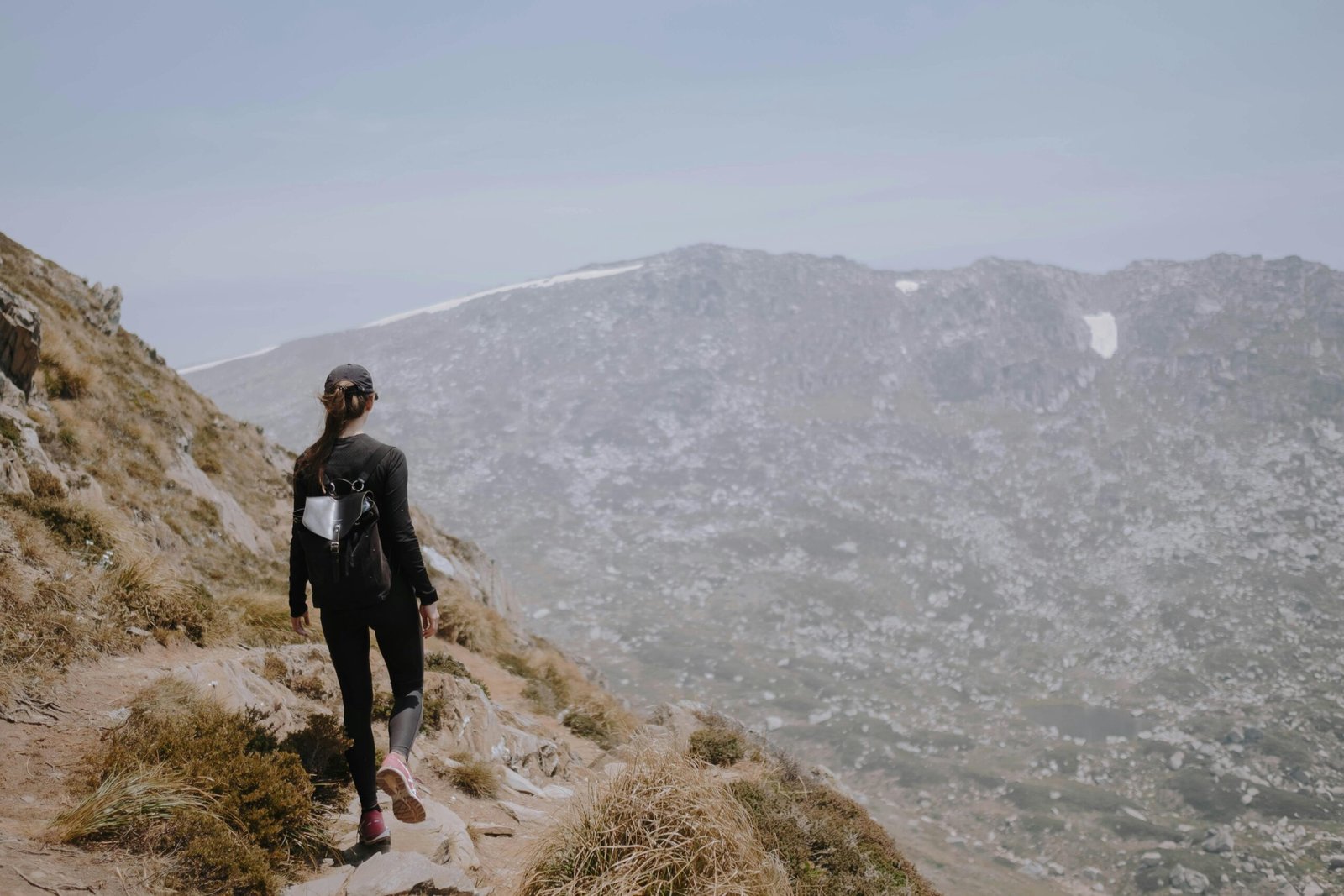Japan is known for its stunning mountainous landscapes, with towering peaks, lush forests, and scenic valleys that make it one of the best destinations for hiking in the world. From the Japanese Alps to the volcanic mountains of Kyushu, Japan offers a variety of hiking trails that cater to all levels of hikers. Whether you’re looking for an easy walk through ancient forests or a challenging climb up a rugged mountain peak, Japan’s mountainous regions have something for everyone.
Why Hike in Japan?
Japan is a land of contrasts, where modern cities are juxtaposed with ancient temples, serene gardens, and majestic mountains. Hiking in Japan allows you to escape the hustle and bustle of the city and immerse yourself in nature. The country’s well-maintained hiking trails pass through diverse landscapes, from subtropical forests to alpine meadows, offering stunning views of the surrounding mountains, lakes, and oceans. Japan’s rich history and culture also add to the hiking experience, with many trails leading to ancient temples, shrines, and cultural sites.
The Benefits of Hiking in Japan
- Stunning Views: Japan’s mountainous regions offer some of the most scenic views in the world, from snow-capped peaks to serene valleys.
- Rich Culture: Many hiking trails pass by historic temples, shrines, and villages, allowing you to explore Japan’s rich cultural heritage.
- Variety of Trails: Whether you prefer a gentle hike or a challenging climb, Japan offers a wide range of trails suitable for all levels of hikers.
- Clean and Well-Maintained Trails: Japan is known for its efficient trail management, with well-marked paths and excellent facilities for hikers.
Top 10 Hiking Trails in Japan’s Mountainous Regions
Here are the top 10 hiking trails in Japan’s mountains:
1. Mount Fuji
Mount Fuji, Japan’s most iconic mountain, is a must-hike for any adventurer. The hike to the summit of Mount Fuji is challenging but offers stunning views of the surrounding landscape. The most popular trail is the Yoshida Trail, which ascends to the summit in about 5-7 hours.
2. Japanese Alps (Northern Alps)
The Northern Alps offer some of Japan’s most challenging and rewarding hikes. The Tateyama Kurobe Alpine Route is popular for its dramatic views, while the hike to Mount Yarigatake (3,180 meters) is perfect for more experienced hikers.
3. Kumano Kodo
The Kumano Kodo is a UNESCO World Heritage-listed pilgrimage trail, offering a mix of cultural exploration and nature hiking. The Nakahechi Trail, connecting Takijiri-oji and Kumano Hongu Taisha, is a 5-7 day journey through lush forests and traditional villages.
4. Daisetsuzan National Park
Located in Hokkaido, Daisetsuzan National Park features alpine meadows, volcanic mountains, and hot springs. The trail to Mount Asahidake offers stunning views of the surrounding peaks.
5. Mount Hakusan
One of Japan’s Three Holy Mountains, Mount Hakusan offers a challenging hike through lush forests, alpine meadows, and volcanic terrain. The summit provides incredible views of the surrounding mountains and valleys.
6. Mount Takao
Just outside Tokyo, Mount Takao is an accessible hiking destination. The 6-kilometer trail takes you through forests, temples, and shrines, offering panoramic views of the Tokyo skyline and Mount Fuji.
7. Mount Aso
Located in Kyushu, Mount Aso is one of the world’s largest volcanic craters. Hikers can experience the power of nature up close, with views of the crater and volcanic vents.
8. Mount Fuji Subtrail (Subashiri Trail)
The Subashiri Trail offers a less crowded route to the summit of Mount Fuji, passing through lush forests and volcanic terrain. It is a gradual ascent, ideal for those seeking a quieter, more gradual climb.
9. Minoo Park
Located just north of Osaka, Minoo Park is famous for its waterfall. The 2.5-kilometer trail is suitable for all hikers and passes through forests and traditional shrines, making it a peaceful escape from the city.
10. Mount Ontake
Mount Ontake is the second highest volcano in Japan and offers a variety of trails. The trail to the summit rewards hikers with stunning views of surrounding valleys and mountains, passing through forests and alpine meadows.
When to Hike in Japan
The best time to hike in Japan is during the spring (April to June) and autumn (September to November), when the weather is mild and the trails are less crowded. Summer (July to August) can be hot and humid, but the higher-altitude trails are cooler. Winter (December to February) offers snow-covered landscapes and fewer tourists, but be prepared for cold temperatures.
Essential Hiking Tips for Japan
- Wear sturdy hiking boots: Japan’s trails can be rocky and uneven, so proper footwear is essential.
- Carry water and snacks: Many trails take several hours, so it’s important to stay hydrated and bring energy-boosting snacks.
- Check the weather: Weather conditions can change quickly in the mountains, so be sure to check the forecast before heading out.
- Respect cultural sites: Many trails pass by temples and shrines, so be respectful of local customs and traditions.
Conclusion
Japan’s mountainous regions offer some of the most beautiful and diverse hiking trails in the world. From the iconic Mount Fuji to the serene trails of the Japanese Alps, there’s something for every type of hiker. Whether you’re looking for a challenging climb, a peaceful forest walk, or a cultural hiking experience, Japan’s mountains provide a perfect escape into nature.
© 2025 Best Trails. All Rights Reserved.
